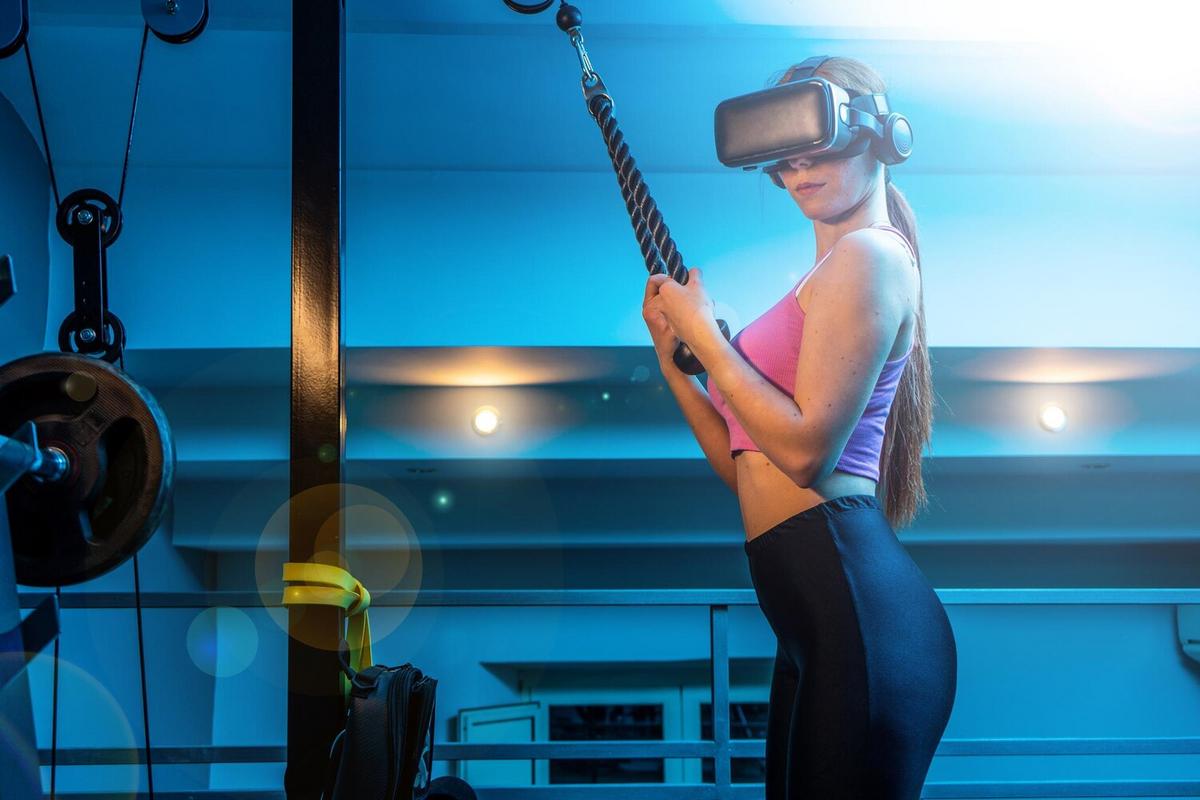
The Impact of 5G on Sports Broadcasting
As the digital landscape continues to evolve, the introduction of 5G technology is poised to revolutionize sports broadcasting, offering unprecedented speed and connectivity that promises to enhance viewer experiences and engagement.
With the rollout of 5G networks, sports broadcasting is set to undergo a significant transformation. Offering speeds up to 100 times faster than 4G, 5G enables broadcasters to deliver high-quality content with minimal latency. This leap in technology allows fans to enjoy live events with smoother streaming and interactive features, bringing them closer to the action than ever before.
What Experts Say
Industry experts highlight the potential of 5G to transform the way sports are consumed. According to a report by Deloitte, 5G is expected to drive a significant increase in the adoption of augmented reality (AR) and virtual reality (VR) in sports broadcasting. This integration will allow fans to experience games in immersive environments, enhancing their connection to the sport.
Statistics and Research
A recent study by Ericsson predicts that by 2025, there will be 2.6 billion 5G subscriptions worldwide. This widespread adoption is likely to impact sports broadcasting by enabling more personalized and interactive viewing experiences. Fans can expect features like multi-angle viewing, real-time statistics, and instant replays at their fingertips.
Real-World Examples
Consider the 2021 Tokyo Olympics, where 5G technology was utilized to provide athletes, journalists, and fans with enhanced connectivity. Through 5G, broadcasters could deliver ultra-high-definition video feeds and immersive AR experiences, setting a new standard for future sporting events.
Actionable Tips for Broadcasters
- Invest in 5G infrastructure to enhance streaming quality and reduce latency.
- Explore partnerships with tech companies to integrate AR/VR features into broadcasts.
- Develop personalized content strategies to engage diverse audience segments.
To maximize the potential of 5G, broadcasters should consider collaborating with technology providers to leverage emerging tools and platforms, ensuring they stay ahead in the evolving digital landscape.
Comparing 4G and 5G in Sports Broadcasting
| Feature | 4G | 5G |
|---|---|---|
| Speed | Up to 100 Mbps | Up to 10 Gbps |
| Latency | 50-100 ms | 1 ms |
| Connectivity | Limited simultaneous connections | Massive IoT connectivity |
| Video Quality | HD | 4K/8K |
| Interactivity | Basic | Advanced AR/VR |
| Reliability | Moderate | High |
| Personalization | Basic | Advanced |
| Innovation | Incremental | Transformative |
FAQs
How will 5G improve sports broadcasting?
5G will enhance sports broadcasting by providing faster speeds, lower latency, and the ability to support new technologies like AR and VR, resulting in more immersive and interactive viewing experiences.
What challenges do broadcasters face with 5G?
Broadcasters may face challenges such as the cost of upgrading infrastructure, ensuring compatibility with existing systems, and developing content that fully utilizes 5G capabilities.
Conclusion
In summary, 5G is set to revolutionize sports broadcasting by offering faster, more reliable, and interactive experiences. As this technology becomes more widespread, broadcasters and fans alike can look forward to a new era of sports entertainment that is more engaging and immersive than ever before. To stay ahead, it’s crucial for broadcasters to embrace these changes and explore innovative ways to connect with their audiences.


